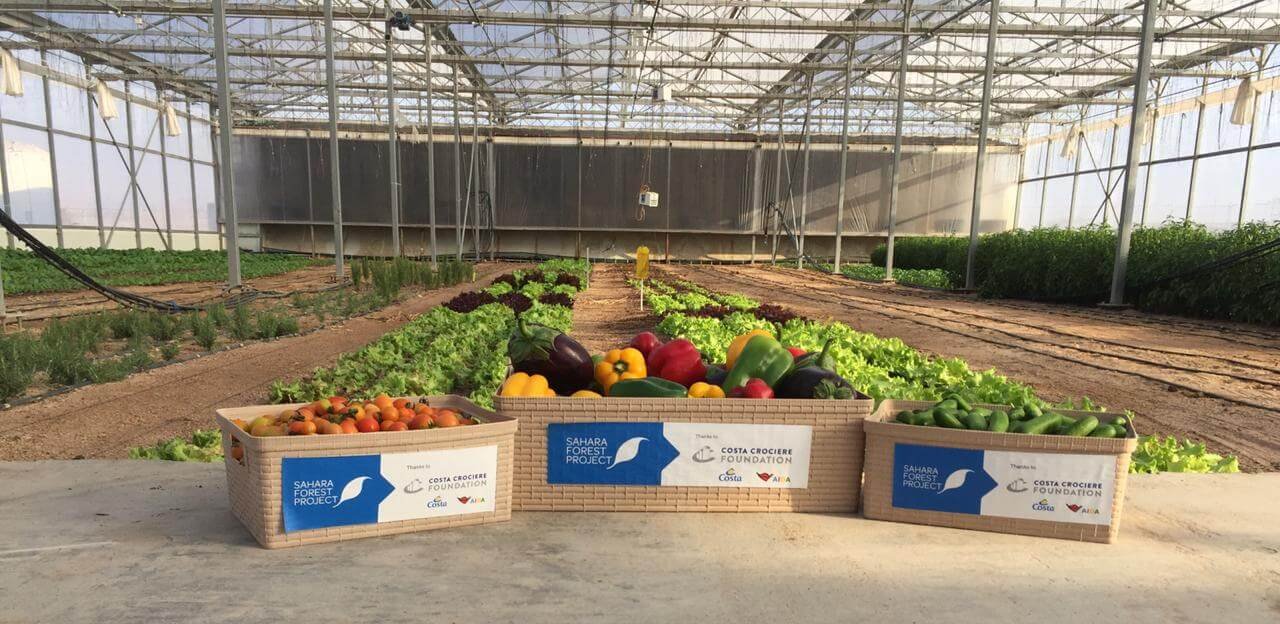In 2050 about 9.3 billion people will share our planet. Already today the world is facing intertwined challenges of food, water, and energy security, coupled with climate change, desertification, and shrinking forests. None of these challenges are without solutions. At the same time, it is ever clearer that we cannot afford to pursue responses to one challenge that comes at the expense of another. The greatest challenges of our time are closely interlinked and the same must be true for their answers. To borrow the words of Albert Einstein: “We can’t solve problems by using the same kind of thinking we used when we created them.”
Considerable parts of what are now considered desert areas were formerly vegetated. The army of Julius Caesar conquered much of the African territory north of the Sahara, turning forests into farmland. For some 200 years North Africa supplied around two-thirds of Rome’s total grain supply. This resulted in deforestation, increased salinity in the soil, and loss of minerals.
In the same way that the extractive use of resources has contributed to the loss of natural vegetation, the Sahara Forest Project proposes to use restorative practices to establish vegetation in arid areas and reverse the trend of desertification. This process of restorative growth will be catalyzed by combining already existing and proven environmental technologies, such as the evaporation of saltwater to create a cooling and distilled fresh water (i.e. in the salt water-cooled greenhouse) and solar thermal energy technologies. The technological combination in The Sahara Forest Project is designed to utilize what we have enough of to produce what we need more of, using deserts, saltwater, and CO2 to produce food, freshwater, and energy.
The Sahara Forest Project proposes to establish groups of interconnected economic activities in different low-lying desert areas around the world. The simple core of the concept is an infrastructure for bringing saltwater inland.
A Sahara Forest Project facility will be successful only when it is well integrated with the local communities. In addition to mitigating the effects of climate change and contributing to conflict reduction in resource-scarce areas, the SFP facilities will employ both high- and low-skilled workers. Programs and facilities for knowledge transfer and training will be established to ensure that long-term social and economic development opportunities are created.
The Sahara Forest Project is not too good to be true. It is an integrated system designed to harvest technological synergies while minimizing waste. The design is founded on the premise that we must find a more holistic approach to successfully tackle challenges related to energy, food, and water security.

